by Jim Marous
Financial institutions are increasingly partnering with fintech firms and third-party solution providers to modernize digital banking experiences. These collaborations improve the speed and scale of innovation, often replacing core providers and saving money compared to creating solutions internally.
The top strategic priority in banking transformation continues to be improving the digital banking experience for current and prospective customers. There is an increased focus on efficiently opening and onboarding new relationships, deploying data-driven personalized communication, and creating new digital banking products and services.
These third-party partnerships can take on several forms, including:
- Operational technology partnerships. Third-party technology to improve efficiency and effectiveness. These arrangements can transform processes such as new account opening or loan origination.
- Customer-oriented partnerships. Collaboration to enhance customer-facing aspects of their business, with the banks or credit unions continuing to interact directly with their customers. Customer-oriented partnerships can also improve agility in serving customers.
- Front-end banking partnerships. Combining a bank’s infrastructure with technology developed by a fintech or other third-party provider, with the partner organization interacting directly with the end customer in the delivery of banking products and services. These partnerships offer the opportunity to reach new or broader customer segments.According to research from the Digital Banking Report, 56% of financial institutions are already meeting customers’ digital banking needs through collaboration with fintech firms and other third-party solution providers. These collaborations increase the speed and scale of innovation, reset business models, and make traditional financial services organizations more future-ready.Third-Party Collaboration Objectives VaryConsumers want financial institution partners that can simplify their lives in a personalized and seamless manner. Many banks and credit unions have found it difficult to deliver a consumer experience that replicates those offered by fintech and big tech firms due to product and data silos, outdated infrastructure, and a risk-averse culture.This has created an opportunity for partnering with startups and other third-party solution providers that can leverage data, modern technology, and an agile mindset to assist legacy financial institutions in delivering enhanced experiences.
The most frequent solutions where third-party partnerships are occurring revolve around building unified digital platforms (49%), fraud management (40%), digital account opening and onboarding (39%) and digital lending solutions (37%). There is also a focus on collaborating with third-party solution providers for leveraging data and analytics for improved marketing communication and recommendations (33%).
Each partnership or collaboration presents its own opportunities and challenges, and an organization’s commitment to innovation is an important foundation for growth and success. Banks and credit unions must understand the objectives of the potential collaboration, with solid buy-in from senior management and division leaders. Ultimately, legacy financial institutions must try to eliminate outdated bank processes and ensure that information can flow across systems in real-time.
The majority of financial services leaders believe that some sort of partnerships or collaborations will be needed to move forward successfully. Only 19% of global financial services executives stated they were using their core system providers exclusively for modernizing their technology and digital banking capabilities. Conversely, 37% stated they utilized core providers for at least 75% of new technology deployments, with 44% relying on third-party or fintech collaborations whenever possible.
Important factors to consider in collaborations include financial dependencies, brand and reputational aspects, responsibilities of each party, operational dependencies, and the level of involvement from management. Key challenges include cultural gaps, getting the back-office “ready” for integration of new solutions, and scaling from a technological perspective.
The Future of Collaborative Innovation
The increasing expectations of consumers and the rapid digitization of banking will continue to drive collaboration between fintech firms, incumbent financial institutions, and third-party solutions providers. We will see more collaborative relationships, against a context of continued change and innovation, replacing the traditional bilateral partnerships.
Turbocharging this collaborative innovation will be the increasing use of Application Programming Interfaces (APIs) that enable the sharing and co-creation of solutions between banks and third-party providers. These collaborations will enable banks, fintech firms, and other non-traditional providers to explore alternative products, methods of service delivery, and even revenue models, while providing a vastly improved and seamless experience for the customer.


